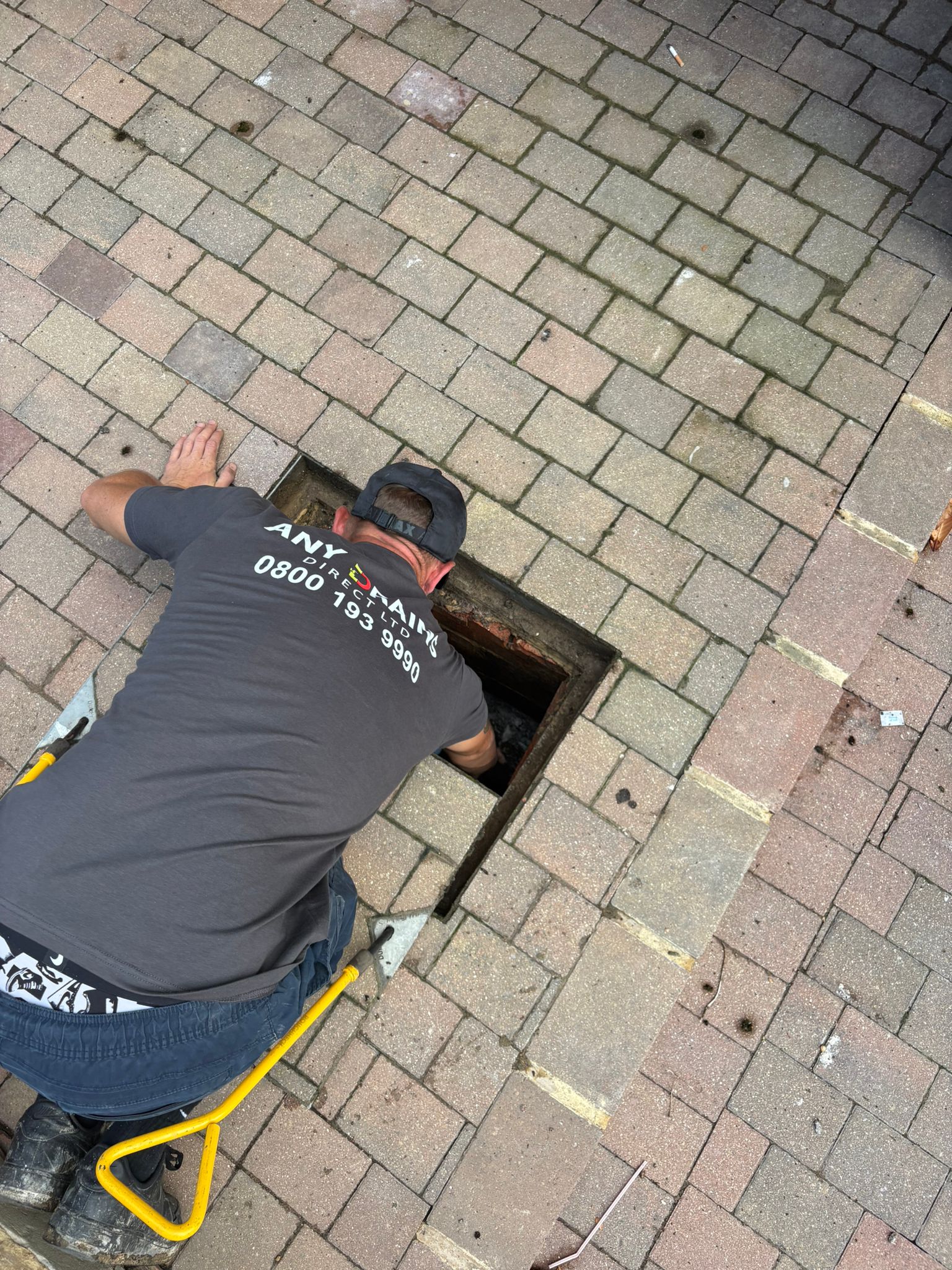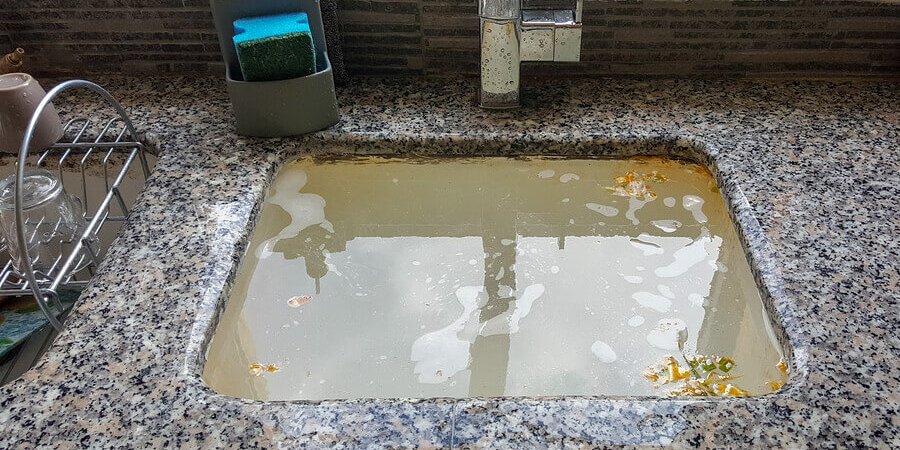The writer is making a few great observations about What I learned from trying to deal with a clogged drain overall in this content directly below.

Intro
Dealing with an obstructed drainpipe can be an irritating experience, disrupting day-to-day activities and possibly triggering damages to your property. However, prior to connecting to plumbing professionals, there are steps you can require to attend to the problem yourself. In this overview, we'll check out do it yourself remedies and preventive measures to take on a blocked drain properly.
Determining the Issue
The first step in addressing a blocked drainpipe is acknowledging the signs. Slow-moving drain, gurgling sounds, foul odors rising from drains, or water support up are common indications of a blocked drainpipe. Determining these signs early can assist prevent better issues.
Picking the Right Plumbing Solution
When choosing a pipes service, take into consideration elements such as experience, licensing, and consumer reviews. Pick a credible plumbing with a record of quality handiwork and transparent prices techniques.
Cost Factors to consider
The price of expert drainpipe cleaning company can vary depending upon the severity of the obstruction and the plumbing technician's prices. Request quotes from numerous service providers and ask about any kind of additional charges to make sure openness and stay clear of surprises.
Security Measures
When trying do it yourself drainpipe cleaning, prioritize safety. Use protective handwear covers and glasses to stay clear of contact with hazardous chemicals or germs. Never ever blend various drainpipe cleansing items, as this can create hazardous fumes.
Situation Researches
Real-life instances highlight the effectiveness of DIY solutions and the relevance of prompt professional intervention in dealing with drain blockages.
Common Reasons For Blocked Drains
Understanding the elements that contribute to drain clogs is essential for reliable resolution. Usual wrongdoers consist of hair, soap residue, grease, food debris, and foreign objects like hygienic items or paper towels. Tree roots getting into underground pipes can also create substantial obstructions.
DIY Solutions
For minor blockages, several do it yourself options can be effective. Putting boiling thin down the drainpipe can help dissolve grease and particles. Baking soda and vinegar or a mixture of salt and baking soda can act as all-natural cleansers. Utilizing a plunger or pipes serpent to dislodge obstructions is an additional option.
Tools and Devices
Having the right devices available can make DIY drainpipe cleaning more efficient. A plunger is a versatile device for removing blockages in sinks, commodes, and showers. A pipes serpent or auger can get to much deeper blockages, while drain cleaning chemicals can be used carefully for persistent clogs.
Safety nets
To prevent future clogs, embracing preventive measures is vital. Set up drainpipe guards or filters to catch hair and particles before they enter the pipes. Routinely flush drains with warm water to dissolve grease buildup, and stay clear of throwing away grease or strong waste down the drain.
When to Call a Professional
While do it yourself remedies can solve minor blockages, particular indicators show the requirement for specialist support. Persistent blockages, foul odors in spite of cleansing efforts, or several drains supporting all at once are warnings that require professional treatment.
Conclusion
By complying with the tips outlined in this guide, you can properly tackle blocked drains and protect against future pipes concerns. Whether selecting do it yourself solutions or seeking expert help, prompt activity is essential to keeping a healthy and balanced plumbing system and protecting the honesty of your home.
How to Clear a Clogged Drain Yourself (And When to Call In the Professionals)
What Can Clog a Drain
- Dirt
- Skin flakes
- Hair
- Grease
- Soap scum
- Food
- Offset pipes
- Tree roots
- Small objects
- Mineral buildup
DIY Tricks to Unclog a Drain
You can fix this! Once you have identified the source of the clog (or have a vague idea), you can try one or a combination of these fixes in order to clear your plumbing.
Wire Hanger or Snake
Untangle and clear out hair from a drainpipe with a homemade snake. Use a straightened-out wire hanger with a 90-degree angle hook to locate the clog and drag out any unwanted material.
Remember not to push the clog further down to where the wire hanger cannot reach! If you need to follow up with a plunger, give it a try. Your efforts might be more successful after it’s been wire-snaked.
If you want to get fancy and don’t have a wire hanger to spare, head to the store and pick up a hand-operated drain snake. You can get one for $10-$30. It may save you the hassle, and provide additional length to reach deep into the clogged pipe.
Plunger
A cup plunger has a suction cup attached to a wooden handle. The rubber creates a seal around the drain, and increases the pressure force of the plunger.
Plunge for 30-second increments to loosen the clog. This may need to be repeated over the course of 15-20 minutes. Once plunged, run the water to flush the remaining material out of the drain.
Remember– never use a plunger if you have used a chemical drain cleaner. These chemicals can splash up from the force of the plunger and cause serious injury or burns.
Boiling Water
Hot water can sometimes break up materials into a flushable amount. Dirt, grease, and soap buildup requires heat in order to unstick from surfaces.
Take your kitchen kettle and heat your water to a boil. Once it reaches a rolling boil, pour it directly down the drain into the blockage. Carefully follow with plunging, if necessary.
Don’t worry if this takes more than one try! It can often take multiple kettles and repeated plunging in order to clear a particularly stubborn clog.
Chemical Drain Cleaner
As a last resort, pick up a bottle of chemical drain cleaner. Drain-cleaning chemicals are potent, and not very good for the environment.
You may need to wear protective eyewear in gloves before handling your bottle of chemical drain cleaner. Follow the instructions printed on the bottle, and flush with water as soon as the instructions allow. Do not follow with plunging.
Baking Soda and Vinegar
As a safer alternative to chemical drain cleaner, baking soda and vinegar can create a chemical reaction that clears tough clogs.
Combine one cup of cleaning vinegar with one cup of boiling water, and set aside. Once you have done this, pour half a cup of baking soda down the drain. Give the baking thirty seconds to settle and cover a large portion of the problem drain.
Following the baking soda, pour down your vinegar and hot water solution. Once the vinegar and baking soda combine, the mixture will bubble and fix. Let this reaction fizzle in the drain for about an hour.
After an hour, follow with a kettle’s worth of hot water. The heat and liquid should flush out any remaining material.
When to Call a Plumber
If your DIY attempts haven’t cleared your clog drain, it’s time to call in a professional. It’s not worth losing access to your kitchen sink or high-traffic bathroom. A clog in a vital area can keep you from the things you’d rather be doing, and derail your routine.
Anytime a clog is causing water to spread is a time to call in a plumbing service. What starts out as a little bit of water can quickly grow into serious, expensive water damage.
Additionally, a serious clog can result in burst pipes or serious leaks. Make sure you know when to take it seriously!
https://myguysnow.com/how-to-clear-a-clogged-drain-yourself-and-when-to-call-in-the-professionals/

I was made aware of that editorial about through someone on another web blog. Make sure you pause to share this blog posting if you enjoyed reading it. Thank you for going through it.
View More
Comments on “How to Address a Blocked Drain Yourself Prior to Seeking Plumbing Experts”